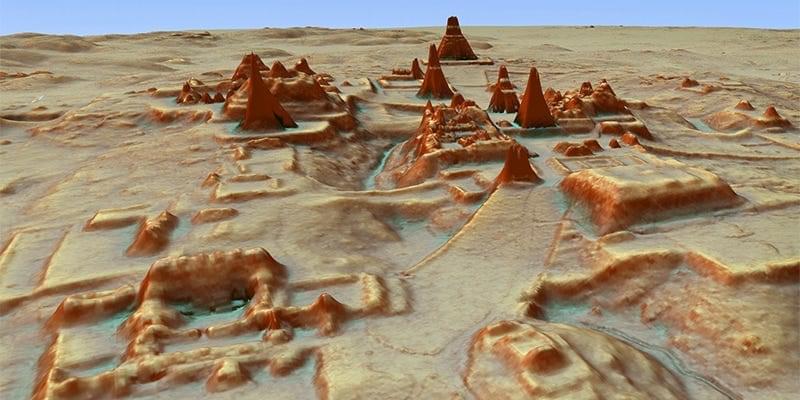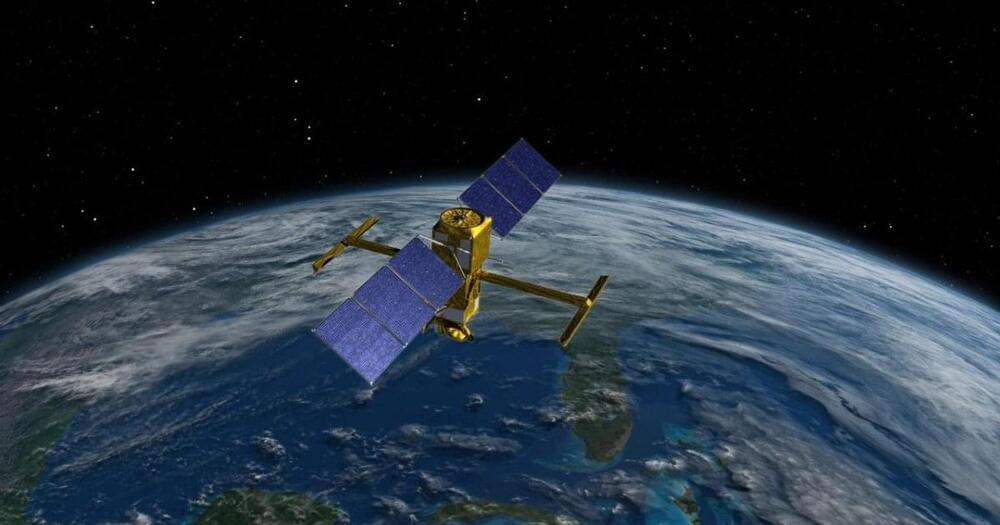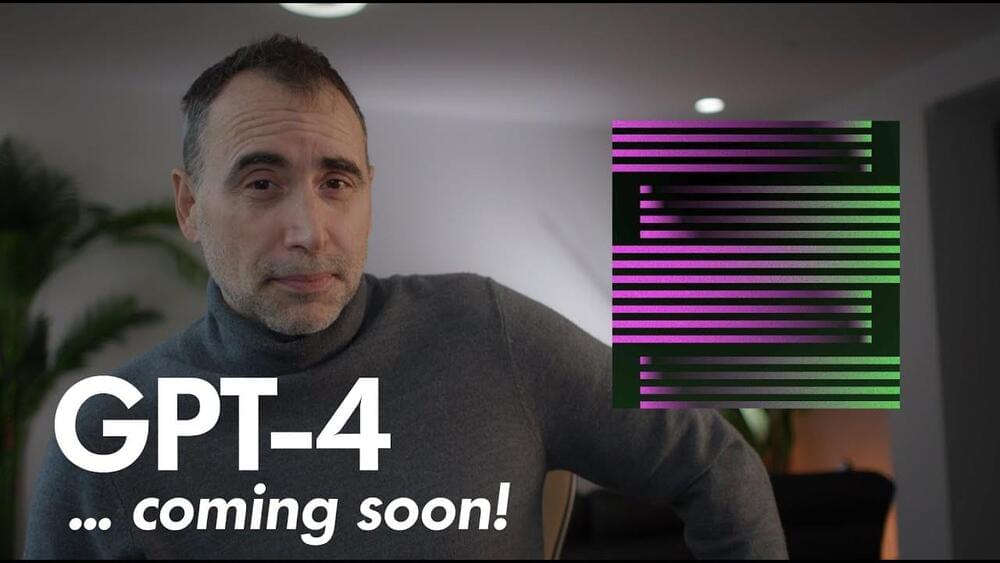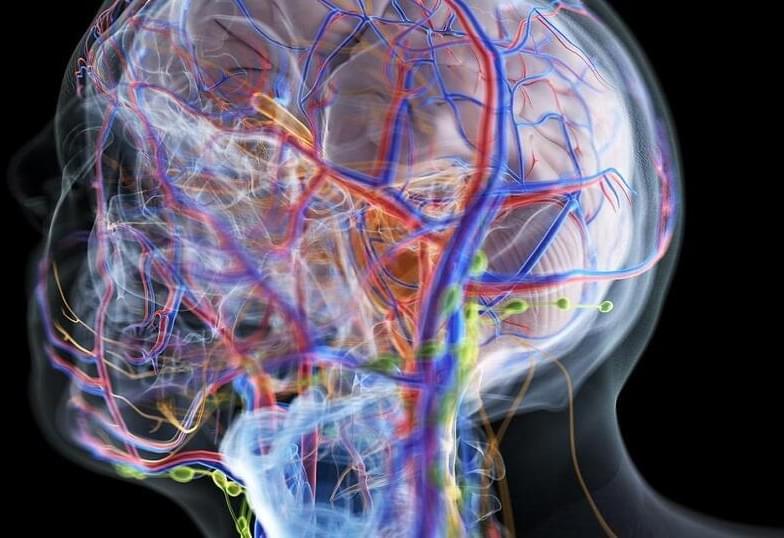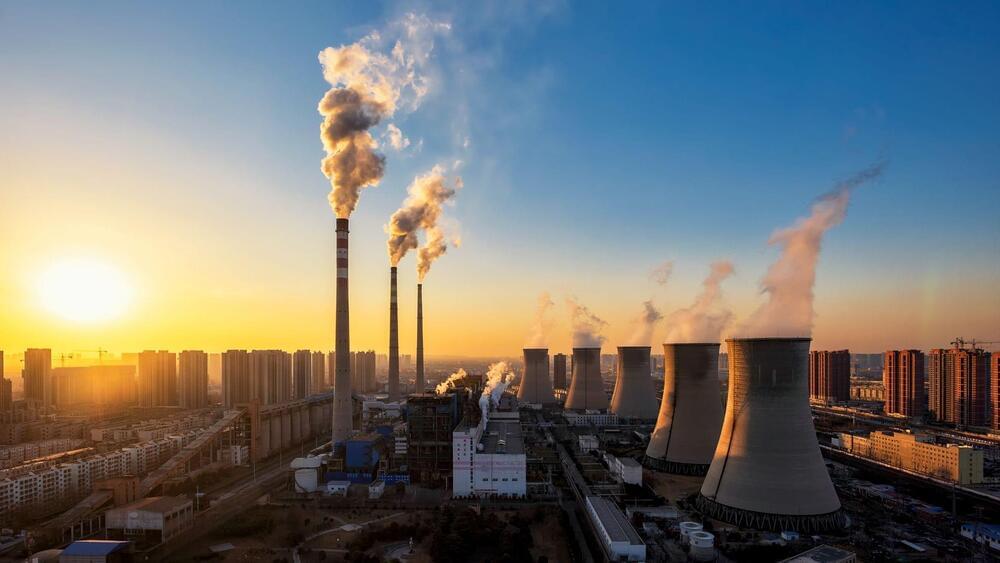Cutting-edge laser technology has allowed archaeologists to find the ruins of villages, ceremonial sites, and buildings hidden in dense forest.
This month, NASA launched a new Earth-monitoring satellite that will observe fresh water systems across the planet. Now, the satellite has unfurled in space ready to begin science operations, and NASA has shared a video showing the unfolding process.
Named the Surface Water and Ocean Topography (SWOT) satellite, it had been folded up to fit inside the SpaceX Falcon 9 rocket which launched it from Vandenberg Space Force Base in California on December 16. Once the satellite reached space, it had to deploy its solar panel arrays, then unfold its mast and antenna panels. While deploying the solar panel arrays was a quick process, taking place shortly after launch, the unfolding of the antennae was much more involved and took four days.
As the SWOT satellite has a camera at the end of its long master, used for its Ka-band Radar Interferometer (KaRIn) instrument, these cameras were able to capture the unfolding process on video. This instrument is a new type of interferometer that will be able to see the depth of fresh water bodies such as lakes and rivers by using radar pulses. It sends two radar pulses down to the surface with a slight offset, allowing researchers to see the depth of these features. This is possible because of the wide spread of its two antennae, spaced 10 meters apart.
GPT 4 Coming for ALL of US!
Posted in futurism
Article: https://the-decoder.com/gpt-4-will-be-a-monster-and-chatgpt-just-the-foretaste/
🔥 UNCLESTEF’S DEVELOPER BOOTCAMP AND MENTORING PROGRAM
https://unclestef.com/
🔥 CODER’S CAREER PATHS WEBINAR — FREE 29 MINUTE VIDEO:
https://newsletters.stefanmischook.com/coders_career_paths_signup.
🔥 LIZARD WIZARD KOMODO — TRANSFORMATIONAL MIND TRAINING:
https://newsletters.stefanmischook.com/komodo.
Channel Discord Server: https://discord.gg/rn8za8aq2v.
WEB HOST PAYS FOR YOUR WEB DESIGN TRAINING IN 2021:
Is ChatGPT Creating AGI With Our Data?!
What Is AGI?
Should We Worry About OpenAIs Shady Founder Sam Altman?Find Out What Elon Musk Thinks!•••••••••••••••••••••••••••••••••••••••••••••••••••••••••••••• 🔔 Did you enjoy the content? Subscribe here:
- https://rb.gy/nekyhx🎥 Want to watch more? Find videos here:
- https://rb.gy/l03r32••••••••••••••••••••••••••••••••••••••••••••••••••••••••••••••⚠️ Copyright Disclaimers.
• Section 107 of the U.S. Copyright Act states: “Notwithstanding the provisions of sections 106 and 106A, the fair use of a copyrighted work, including such use by reproduction in copies or phonorecords or by any other means specified by that section, for purposes such as criticism, comment, news reporting, teaching (including multiple copies for classroom use), scholarship, or research, is not an infringement of copyright.”
• We use images and content in accordance with the YouTube Fair Use copyright guidelines.
With ChatGPT, OpenAI is currently testing a dialog-based general-purpose language model. According to cognitive scientist Gary Marcus, ChatGPT is just a foretaste of GPT-4.
Rumors about GPT-4 have been floating around the web for weeks, and they have two things in common: GPT-4 is supposed to outperform GPT-3 and ChatGPT significantly and be released relatively soon in the spring.
OpenAI is currently running a joint grant program with Microsoft, whose participants likely already have access to GPT-4. Microsoft CTO Scott Stein recently predicted an even more significant AI year in 2023.
ChatGPT-4, The Newest And Most Advanced AI System, Might Prompt A Major Shift In The Way We… What we might expect from the upcoming ChatGPT-4 from OpenAI.
Max Hodak started Neuralink with Elon Musk. But he later left the company and started Science Corp — and now he’s rapidly catching up.
We may have evolved to be “naive realists,” guided by a deep subconscious intuition that we perceive the world as it truly is. In practice, perhaps, our reality could be described as “augmented” with our assumptions about the world. These assumptions are acquired through our limited means of learning, distorted by cognitive and motivational biases. We shouldn’t be too harsh on our brains, though. Just imagine what it must be like for them – confined to Plato’s cave of the skull, tasked with assembling an accurate picture of the outside world from a barrage of noisy electrical signals.
We often mistakenly assume that every child’s mind is a blank slate before they start formal learning. However, current research suggests that we begin to rely on underlying assumptions about the world quickly after we are born. Infants already have basic physical expectations and are surprised when the behavior of objects contradicts them. Implicit assumptions about the world, which develop during infancy and continue into adulthood, direct our basic perceptual and motor activities. You may have experienced them when picking up a milk carton you didn’t know was empty: your hand unexpectedly flew up as your brain overestimated the amount of effort required to lift the carton. Our inability to “unsee” an optical illusion – even after observing it multiple times and clearly understanding its mechanics – also suggests the resiliency of our expectations.
If our beliefs are so unreliable, why do we place so much confidence in them? As it turns out, the feeling of certainty in our convictions is merely a physical sensation akin to hunger. This feeling may have evolved as a “circuit breaker” to help our ancient ancestors with instant life-and-death decisions. Any uncertainty could delay immediate action and spell disaster. As a result, we appear wired to experience discomfort in the face of uncertainty. Our intuition may suggest that our confidence must grow as we gain skills. Yet, in practice, the more we learn, the more we realize how much there is to know. The famous Dunning-Kruger chart illustrates how we start out overconfident in our understanding and then become more humble as our expertise increases. Since we are likely to be unaware of our hubris, we need to learn strategies to avoid overconfidence and identify our misconceptions. As always, it is best to start early.
Swytch bike/Twitter.
Boudway tried the user-friendly kit himself and shared his experience.
The technology system will enable the Yanghuopan Power Station in Yulin City, Shaanxi, to save 24,500 tonnes of coal and cut 54,100 tonnes of carbon emissions annually, claims Chinese media.
China claims the “world’s first” power plant equipped with a “natural direct cooling” (NDC) system is now connected to the grid in the Shaanxi Province of the country.
“The technology, described as ‘a revolution in industrial air cooling’ by local newspaper Shaanxi Daily, makes use of the natural airflow in the plant to guide the heat to the air condenser,” said the report.
PNK Photo/iStock.
This marks a “breakthrough” in power plant cooling technology for China, according to a report published by the state-run China Global Television Network (CGTN) on Friday.
